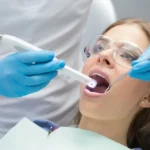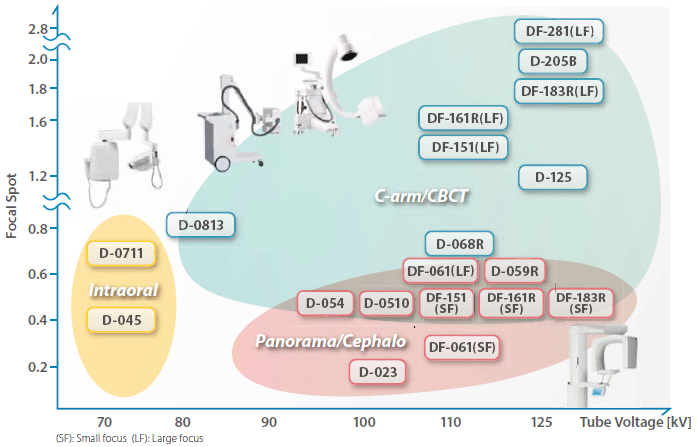
Enhancing Oral Well being By way of Intraoral Cameras: A Fashionable Technological Strategy
July 21, 20235 Good Causes To Get The Oral-B Genius Professional 8000
September 6, 2023Introduction
Lately, developments in dental imaging expertise have been a game-changer within the subject of dentistry. Digital radiography and cone-beam computed tomography (CBCT) have considerably improved diagnostic capabilities and therapy planning. Nevertheless, regardless of these advantages, considerations have arisen concerning affected person radiation publicity. This text explores the significance of affected person dose discount in dental imaging and highlights the methods and applied sciences employed by dental professionals to make sure affected person security whereas sustaining diagnostic accuracy.
Understanding Radiation Publicity
Dental imaging, notably conventional X-rays and CBCT scans, make the most of ionizing radiation to provide detailed photos of the tooth, jawbone, and surrounding constructions. Whereas these photos are important for correct analysis and therapy, extreme publicity to ionizing radiation will be dangerous. The potential dangers embody mobile harm, an elevated danger of most cancers, and genetic mutations. Subsequently, minimizing radiation publicity is essential to defending sufferers’ well being.
Significance of Dose Discount
Affected person security is the first concern in any medical process, and dental imaging isn’t any exception. Dental professionals perceive the importance of minimizing radiation publicity to sufferers, notably for kids and pregnant ladies, who’re extra prone to radiation’s dangerous results.
Implementing Security Measures
1. ALARA Precept: The ALARA (As Low As Fairly Achievable) precept is a elementary guideline utilized in dentistry to reduce radiation doses with out compromising diagnostic picture high quality. By using the bottom doable radiation dose required to acquire diagnostic info, dental professionals guarantee affected person security.
2. Correct Lead Apron Utilization: Lead aprons and thyroid collars are important protecting instruments used throughout dental imaging to protect delicate organs from pointless radiation publicity.
3. Thyroid Collars: The thyroid gland is especially delicate to radiation, making thyroid collars an important addition to scale back publicity to this space throughout dental X-rays and CBCT scans.
4. Excessive-speed Movie and Digital Sensors: Utilizing high-speed movie or digital sensors in intraoral X-rays reduces publicity time, thus reducing the general radiation dose acquired by the affected person.
5. Optimized Publicity Settings: By calibrating the imaging gear correctly and utilizing the suitable publicity settings for particular diagnostic duties, dental professionals can get hold of high-quality photos with minimal radiation publicity.
6. Limiting the Variety of Scans: Dentists ought to fastidiously consider the need of a number of scans, avoiding redundant imaging when doable.
7. CBCT Quantity Limitation: When utilizing CBCT, limiting the scan quantity to the realm of curiosity can considerably scale back pointless radiation publicity.
Developments in Expertise
Alongside implementing security measures, important strides have been made in dental imaging expertise to additional scale back affected person radiation publicity:
1. Digital Radiography: Digital X-ray sensors have changed conventional film-based X-rays, decreasing radiation publicity by as much as 80% resulting from their elevated sensitivity and skill to seize photos with fewer X-ray emissions.
2. Cone-Beam Computed Tomography (CBCT): Fashionable CBCT machines are outfitted with refined options that optimize imaging protocols, leading to lowered radiation doses whereas sustaining high-resolution 3D photos.
Conclusion
As dental expertise continues to evolve, the protection and well-being of sufferers stay on the forefront of dental observe. Minimizing affected person radiation publicity via the implementation of security measures and the combination of superior imaging applied sciences ensures that dental professionals can present correct diagnoses and efficient therapy plans whereas prioritizing affected person security. By adhering to the ALARA precept and staying up to date on the newest developments in dental imaging, dental practitioners can promote a safer and more practical dental care surroundings for all sufferers.

